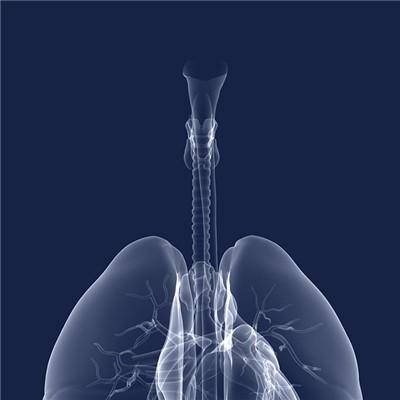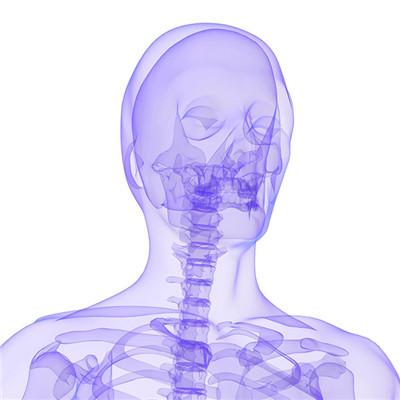Soft palate cancer symptoms?
summary
Soft palate carcinoma accounted for 13.5% of primary palatal malignant tumors. The most common pathological type was glandular epithelium, followed by squamous epithelium, malignant melanoma was the third, and sarcoma was rare. The early symptoms are not obvious and easy to be ignored. Soft palate cancer symptoms? Let's talk about it
Soft palate cancer symptoms?
In the early stage, the symptoms were not obvious and were easy to be ignored. After the occurrence of halitosis, sore throat, swallowing pain, can be radiated to the same side of the face and neck, the application of antibiotics can temporarily alleviate the symptoms. In the late stage, dysphagia and voice changes may occur. Fixation, destruction and perforation of the soft palate may lead to food reflux to the nasal cavity; Up or out invasion of the nasopharyngeal or parapharyngeal space may include occlusion of the teeth, difficulty in opening the mouth, otitis media, temporal pain and occasional cranial nerve involvement.

Almost all squamous cell carcinoma of the soft palate occurred on the oral surface of the soft palate (below). There was almost no tumor on the nasopharynx. Even the larger tumors in the nasopharynx rarely invaded the soft palate and nasopharynx. In the early stage, the tumor was red and the boundary was not obvious. White lesions of soft palate are also common, which may be leukoplakia, carcinoma in situ or early invasive carcinoma. Multiple tumor growth on the surface of normal mucosa is a common feature.

Most soft palate cancers are limited to the soft palate or the adjacent tonsillar arch. The T grade is T2 or T3, but the tumor volume is smaller than that of the tongue base and tonsillar fossa. In the middle and advanced stage of cancer, there are ulcers, marginal protuberances, or exogenous growth, especially around the uvula. Soft palate tumors first spread to tonsil arch and hard palate. The cranial nerves were occasionally involved or compressed in the parapharyngeal space. In late stage, it often invades the lateral wall of nasopharynx, causing perforation or rupture of soft palate. The lymph node metastases first to the subabdominal lymph nodes and then along the jugular vein chain. The involvement of submandibular, submental and paraspinal lymph nodes is rare. About 50% of the patients had enlarged lymph nodes on admission, of which 16% were bilateral. The clinical palpation of lymph nodes was negative, and about 20% were positive after operation. The positive rate of lymph nodes was related to t grade, 8% in T1, 36% in T2, 66% in T3 and T4.

matters needing attention
Due to the high cure rate of radiotherapy and postoperative functional damage of soft palate cancer, radiotherapy was used only in the past. In recent years, due to the improvement of surgical resection and reconstruction methods, it has been inclined to the planned comprehensive treatment of radical resection and radiotherapy.















